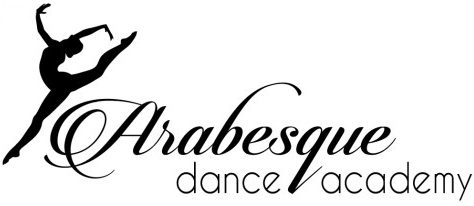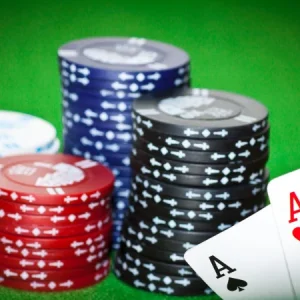Lighting a dance performance begins with the sidelight. The basic angle for dance lighting is from above. This light is too direct and doesn’t highlight the dancers. Instead, it should be from the sides, which is more effective and will not cause the audience to get dizzy from the bright colors. When planning a lighting scheme for your show, consider what type of lighting you will need. You’ll need to decide on a direction for the cyc and where it will be located.
The best way to decide what kind of light to use for a dancing show depends on the size of the stage. In a small dance performance, a single overhead light may not be enough to create a striking, dimensional look. Using two or three lights at different heights is a good idea if the stage is large enough to fit both a floor and sidelight. One important aspect of lighting a dance performance is ensuring that the audience can see the movement without glare.
The lighting should give the dancers some depth and make it easier for the audience to appreciate their work. The light should also provide great visual effects and be used to highlight the dancers’ movement. The light should also be adjustable and be adjusted to match the stage’s dimensions. If the stage is large enough, the lights should be bright and not too bright. For smaller performances, a more flexible lighting is necessary.
The lighting concept should begin with the main dance moment. Pay attention to the movement patterns of the dancers and decide whether you want to zoom in or zoom out. The distance between the light and the back wall will determine the shadows and how much light you’ll need. If the lights are not fixed to follow the dancers, they will cast a shadow on the dancer. In addition, you should consider the time period and place of the performance.
Lighting for a dancing class differs from the lighting for a theater. The dance lighting style emphasizes the grouping of the dancers. While the lighting is more focused on the dancers, it will also highlight the movement. The color R54 is a flattering color for all skin tones and cuts through the saturated color of the background to reveal the performer’s face. You can experiment with the side and rear lighting of the performers.
The lighting design for a dance show can be quite complex. The choreographer’s goal is to make the dancers’ faces stand out and contrast with the background. The light should be both soft and bright and not blinding. The main purpose of lighting for a dance is to create the mood and atmosphere. While the dancers are the main focus of attention in the stage, the rest of the audience is merely a backdrop.

The best lighting for a dance studio will have a number of different options. Recessed lighting is typically more cost-effective and requires fewer maintenance. Despite the fact that these lights are more expensive than other types of lights, recessed lighting provides a more uniform outcome and is easier to clean. A recessed lighting fixture will provide more headspace to the dancers. A diffused light can also give the dancers a sense of space in the dark.
When selecting a dance lighting setup, remember that the lighting design for the dance is unique. The colors used should enhance the performance, and the lights should be positioned in such a way that they can be seen from every angle. A black dance light is best for a tap piece, which can be a little tricky. But if you are a lighting designer, it will be easier to pick a suitable dance light.
A low-angled sidelighting system can be more effective than a high-beam, which can be too harsh for the dancers. It can also be used for special color washes. These two types of lighting systems are designed to give the dancers plenty of options. In addition to these features, they should be designed with a specific purpose in mind. So, if you’re planning to buy a dance studio light, remember to choose a high-bay lighting system, while a low-bay one will suit your needs.





